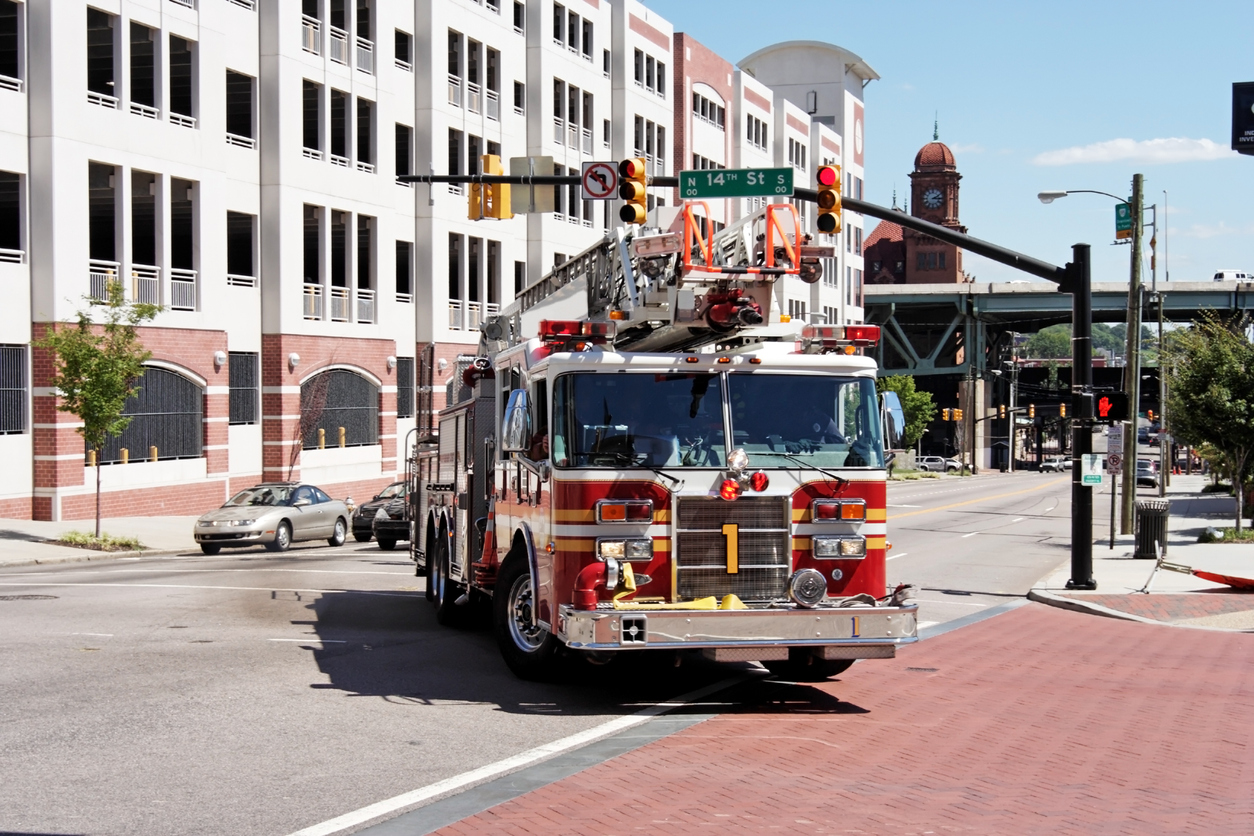
Experts Weigh In on the 5.9 GHz Spectrum Reallocation

In December 2019, the Federal Communications Commission (FCC) announced that it would reallocate over half of the communication spectrum, which had previously been reserved for transportation safety, to Wi-Fi.
The plan would designate the lower 45 megahertz of the 5.9 GHz band to unlicensed uses and the upper 30 megahertz for vehicles and infrastructure using cellular vehicle-to-everything (C-V2X) technology. The move would ultimately end DSRC (dedicated short range communication) technology which had been extensively tested for deployment in the United States for the last 20 years.
In response, ITS America and AASHTO filed a lawsuit to prevent the reallocation, but as of last month, the US Court of Appeals for the District of Columbia ruled that the FCC could go through with its plan.
We asked Iteris experts how they felt about the court’s ruling and what it means for the future of V2X.
Why are transportation professionals disappointed by the court’s ruling?
“We work in an industry that is traditionally cautious about adopting new technologies, whether the technology will improve traffic flow, reduce the risk of traffic crashes or improve the safety of vulnerable road users. Transportation professionals are in the unenviable position of being held responsible whenever the traveling public is not happy and so are rightly careful before deploying any new technology.
This ruling comes just as the industry began building a critical mass of acceptance and deployment of V2X technologies. Ironically, the FCC dropped DSRC in favor of LTE-V2X, which added several years of delay and uncertainty in the deployment and acceptance of connected vehicle applications.
Although overall disappointed with the ruling, I know that the industry will move forward and Iteris will continue to work to bring solutions to the market that will improve the lives of all users of the roadway.”
- Michael Whiting, Vice President Engineering, Advanced Sensors Technologies at Iteris
What is the history of this long-running debate and what should be the next steps?
“In the FCC’s 2021 report and order, clause 1 states: ‘For the past two decades, the entire 75 megahertz that makes up the 5.9 GHz band has been reserved for use by Dedicated Short Range Communications (DSRC) in the ITS radio service for transportation and vehicle safety-related purposes. During that time, the DSRC-based service has evolved slowly and is being used in certain traffic-related projects but has not been widely deployed within the consumer automobile market. In short, DSRC-based ITS has not lived up to the original promise of achieving the ITS goals identified when the spectrum was allocated—leaving valuable mid-band spectrum underused.’
Unfortunately, history will show that the slow evolution can be attributed to many factors. Allow me to break down the past two decades:
- 1998: The 75MHz was granted to ITS.
- 2007 (approx.): The FCC issued rules permitting the use of DSRC. This is the point from which deployment could begin.
- 2009: The ITS community published the first set of data dictionary and communications standards for DSRC and vehicle-to-vehicle (V2V).
- 2016: The ITS community completed performance specifications for V2V applications. These were informed by extensive pilots and tests run over the previous several years. The National Highway Traffic Safety Administration (NHTSA) wrote a rule mandating DSRC systems in all new cars for collision avoidance, referencing these performance specifications. The rule was announced and distributed for public comment as an Advanced Notice of Proposed Rulemaking.
- 2017: GM announced DSRC deployment in all new Cadillac CTS.
- 2018: Toyota announced that all new cars would get DSRC starting in 2021.
- 2019: The FCC announced they would likely reallocate the safety band. One month later, Toyota abandoned its plans because of the FCC’s action regarding the band.
- 2021: The FCC announced the reallocation of the safety band and indicated a lack of deployment which it directly influenced with its announcement in 2019.
Inaction has, per the NTSB, literally cost lives. However, at this point, we just need to move forward. American roadway fatalities are at an all-time high, and pedestrian deaths have skyrocketed. The technical situation is not ideal, but we have a path forward if all parties act quickly. Those parties include the FCC, the USDOT, state and local infrastructure operators, vehicle manufacturers and the ITS standards community.
- The FCC must act to approve waivers expeditiously. It is not reasonable to expect benefits and actionable project-based deployment if we must wait 6+ months to turn on equipment.
- The FCC must issue rules allowing non-waiver-based deployment of LTE-V2X in the 10 and 20 MHz channels. This also needs to be swift but informed by testing of the new technology and likely interference challenges.
- Someone must develop an actionable deployment plan suitable for uptake by state and local deployers. National interoperability is mandatory for some of these services, and the USDOT is the agency that has the credentials to clarify just which ones those are and summarily plan for application deployment.
- Parties aiming to be responsible for security credentials management, device certification and application certification need to coordinate with one another and the USDOT to ensure that the deployment plans can be achieved.
- Vehicle manufacturers need to be able to commit as soon as actions are taken by the FCC and USDOT that will ensure clarity and certainty in the deployment environment.
- State and local operators need to be ready to deploy. Commit to ‘no regret’ upgrades now, update project architectures for connected vehicle deployments, and prime the pump with contracting mechanisms ready to go.
- The ITS standards community needs to embrace the path forward and update relevant standards to accommodate new rules from the FCC.
- The ITS standards community, with input from the FCC and USDOT, should also consider what ITS benefits could be achieved using unlicensed spectrum and whether adjustments to existing rules for such spectrum may be warranted.
There is a light at the end of the tunnel, and I am certain Iteris will continue to provide the necessary guidance and solutions to the industry to help usher in more connected vehicle applications.”
- Tom Lusco, Principal Systems Engineer at Iteris
What is the future of V2X?
“Our goal at Iteris remains today as it has always been and that is to reduce the number of traffic incidents and fatalities using smart technology. Although the ruling finalized any chance of retaining the original safety spectrum bandwidth, there is still much we can do with the remaining spectrum and the available Cellular vehicle to everything (C-V2X) technology to provide safer roads.
Iteris continues its interest and investments in life-saving connected vehicle technology and deployments. We have deployed numerous new technology C-V2X roadside units in many different public agencies throughout North America. The portfolio of defined applications from wrong-way driving messages to pedestrian safety applications still represents the real-world use cases that CV technology promises to deliver.”
- Todd Kreter, Sr. Vice President & Chief Technology Officer at Iteris
In Closing
The transportation industry will undoubtedly continue efforts to prepare for connected vehicles and explore strategies to deploy and integrate V2X technologies with public roadways. From consulting expertise to technology solutions, Iteris will support the industry to make roads safer, more efficient, and sustainable for all road users.
 X
(Twitter)
X
(Twitter)
 Facebook
Facebook LinkedIn
LinkedIn Copy
Link
Copy
Link Email
Email

